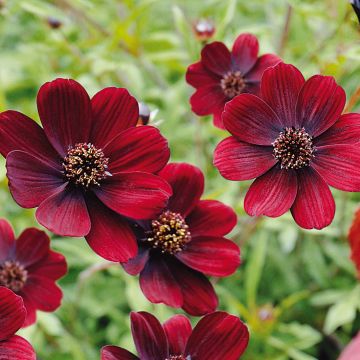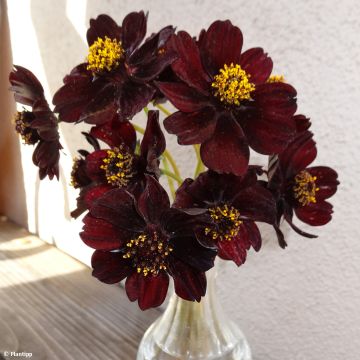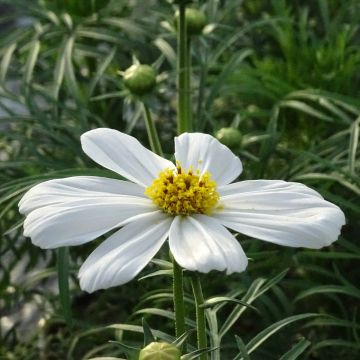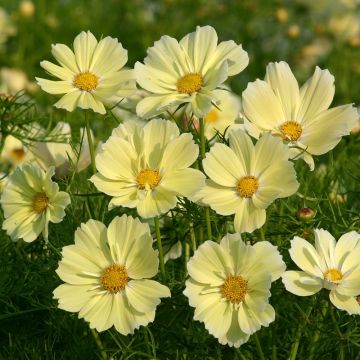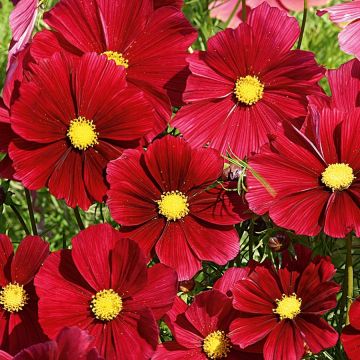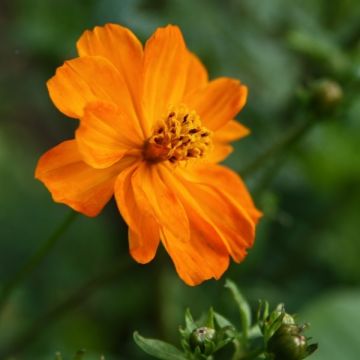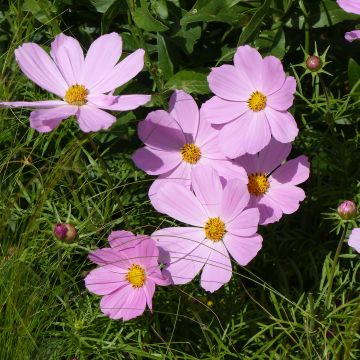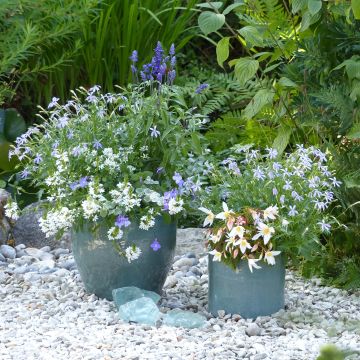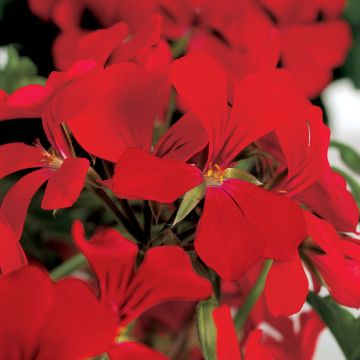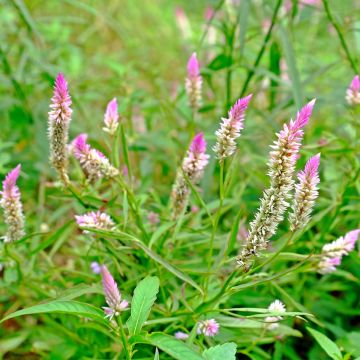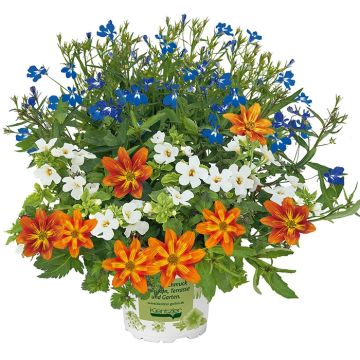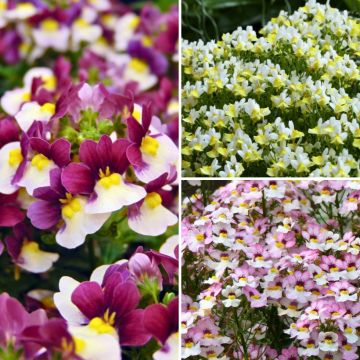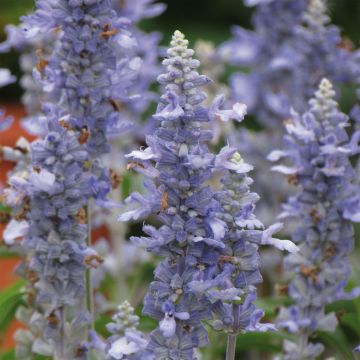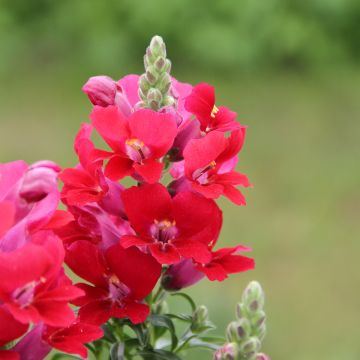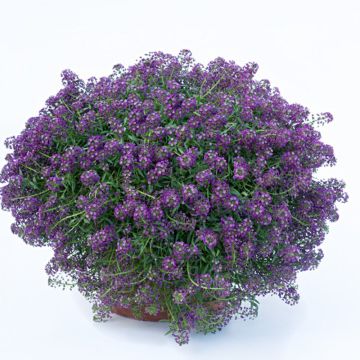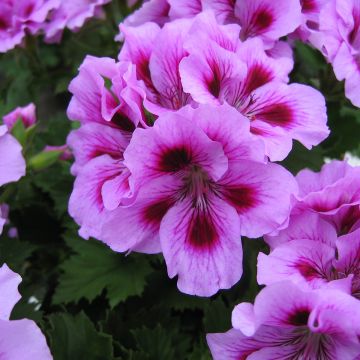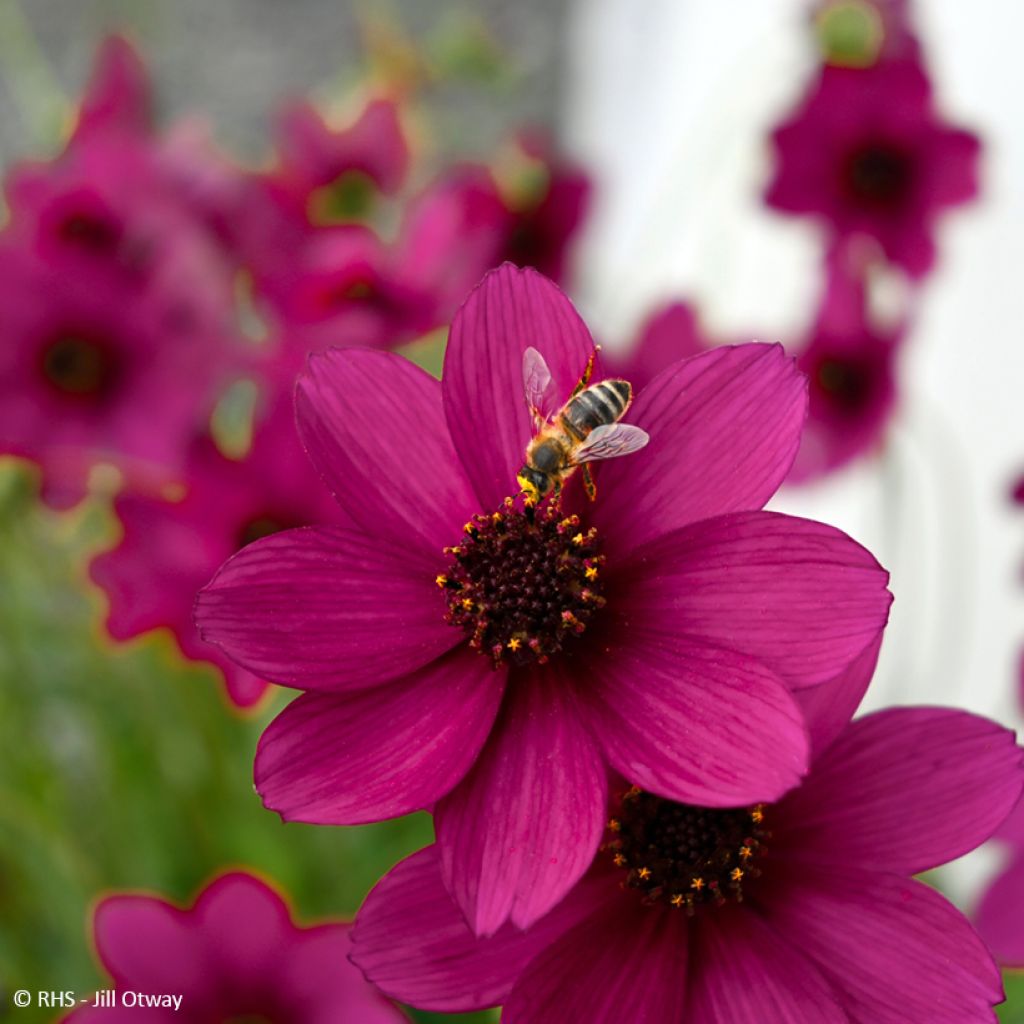

Cosmos atrosanguineus Cherry Chocolate - Chocolate cosmos
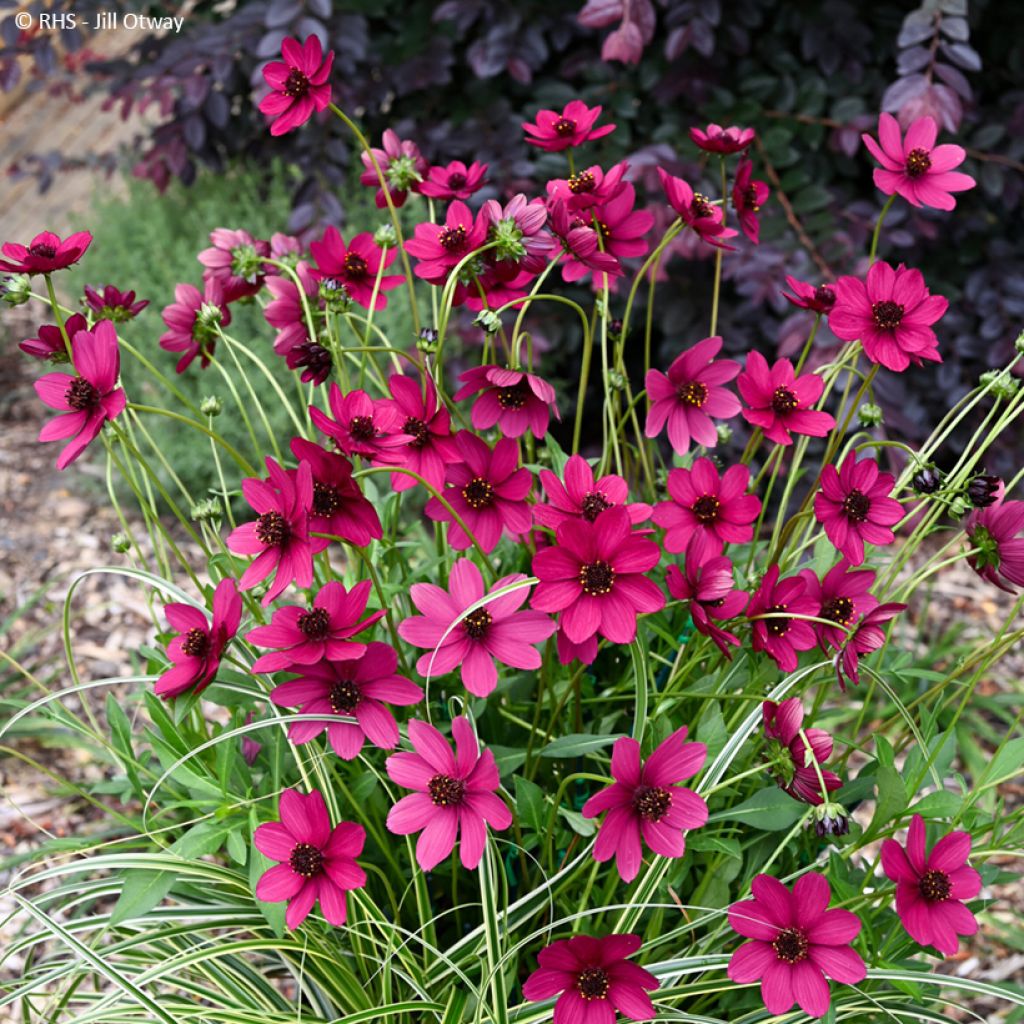

Cosmos atrosanguineus Cherry Chocolate - Chocolate cosmos
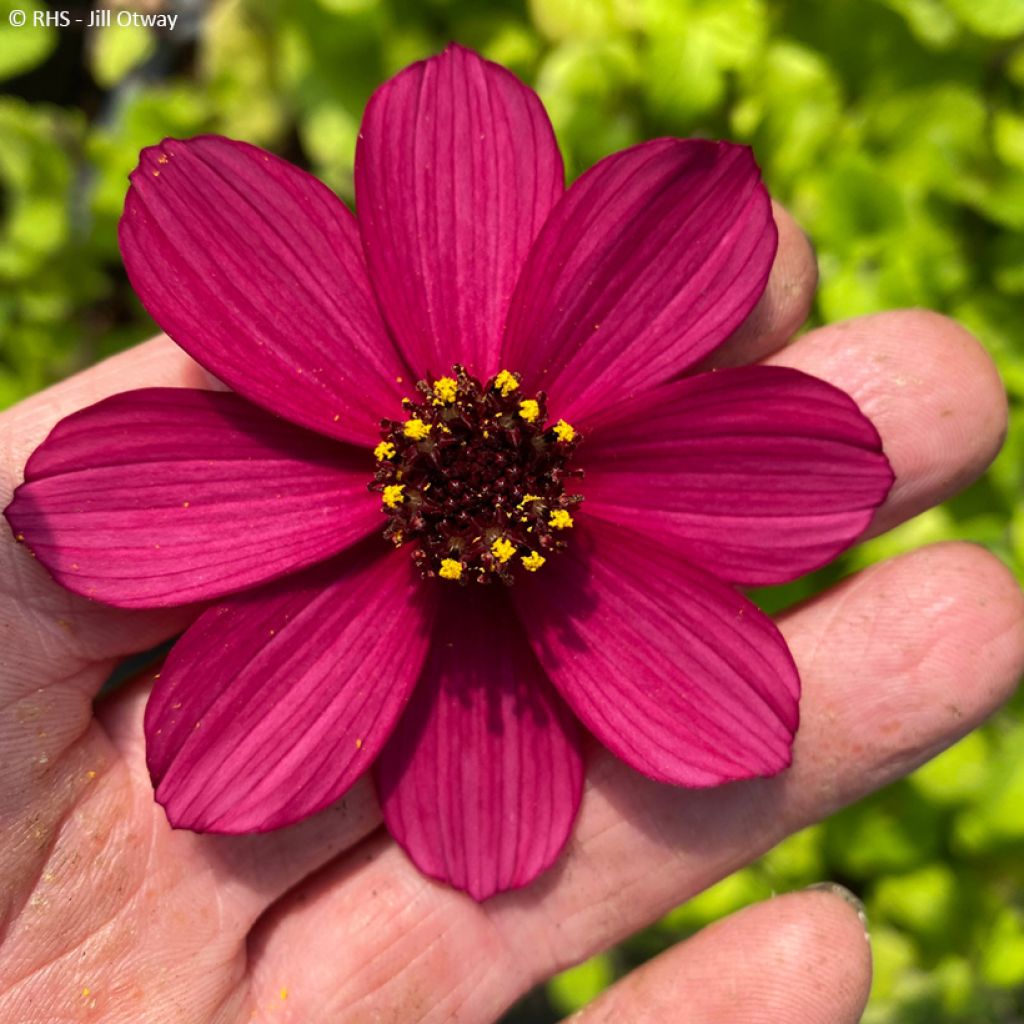

Cosmos atrosanguineus Cherry Chocolate - Chocolate cosmos
Cosmos atrosanguineus Cherry Chocolate - Chocolate cosmos
Cosmos atrosanguineus 'Vg001' Cherry Chocolate
Chocolate Cosmos
This item cannot be shipped to the selected country
Delivery charge from €5.90
More information
Delivery charge from €5.90
More information
Schedule delivery date,
and select date in basket
This plant carries a 6 months recovery warranty
More information
We guarantee the quality of our plants for a full growing cycle, and will replace at our expense any plant that fails to recover under normal climatic and planting conditions.
From €5.90 for pickup delivery and €6.90 for home delivery
Express home delivery from €8.90.
Does this plant fit my garden?
Set up your Plantfit profile →
Description
Cosmos 'Cherry Chocolate' is a particularly elegant and decorative variety of chocolate cosmos thanks to its large fragrant flowers. Their flowers with velvety petals ranging from cherry-red to burgundy red emit a subtle chocolate fragrance in warm weather, offering a unique sensory experience in the garden. Compact and bushy, this cosmos with lanceolate blue-green foliage enhances borders, flower beds, and flowering pots for several months. It came second place in the RHS Chelsea Flower Show Plant of the Year competition in 2024.
Cosmos atrosanguineus is a plant native to Mexico, belonging to the Asteraceae family. Resembling more a dahlia than a classic cosmos, it grows from a fleshy tuber sensitive to frost. The 'Cherry Chocolate' variety is a recent creation that stands out for the size of its flowers (7 cm in diameter), the richness of its hues, and its distinctive fragrance. The plant quickly forms a compact clump of 60 cm in height by 40 cm in width from spring onwards. Its lanceolate, blue-green foliage remains low, while the sturdy floral stems rise to bear its fragrant flowers. Its flowering period extends from June to the first frosts, provided faded flowers are removed to encourage new blooms. This cosmos produces few, if any, viable seeds so it is mainly propagated by tuber division.
Cosmos 'Cherry Chocolate' is grown like a dahlia. Perennial, but susceptible to frost, it is best to dig up its tubers in autumn in regions with harsh winters. This plant thrives in light, humus-bearing, well-drained soils, and flourishes in full sun, although it also tolerates partial shade. Summer heat does not hinder its flowering, provided moderate and regular watering is maintained during dry spells. To extend the flowering period, it is advisable to remove faded flowers.
Cosmos 'Cherry Chocolate' pairs wonderfully with grey and silver foliage for elegant contrasts. In flower beds and pots, it stylishly accompanies wormwoods, silver ragwort, or rabbit's ears. Its deep red hue complements the pastel colours of annual poppies or the azure of the globe thistle. It also pairs very well with the acid green foliage of bipinnate cosmos or Alchemilla mollis, for subtle and refined colour combinations.
Cosmos atrosanguineus Cherry Chocolate - Chocolate cosmos in pictures




Flowering
Foliage
Plant habit
Botanical data
Cosmos
atrosanguineus
'Vg001' Cherry Chocolate
Asteraceae
Chocolate Cosmos
Cultivar or hybrid
Other Cosmos
Planting and care
Plant Cosmos atrosanguineus Cherry Chocolate in spring, once the frosts have passed, in a light, humus-bearing and well-drained soil. It prefers sunny locations, which will reveal the intensity of its fragrance but can tolerate partial shade. It can be grown like a Dahlia, by digging up the tubers before the frosts to store them in a cool place. It also performs very well in pots. This growing method allows you to store the pots during winter in a cool and bright place. Under these conditions, it will flower for a good part of the year. Regularly remove faded flowers to encourage more.
Planting period
Intended location
Care
This item has not been reviewed yet - be the first to leave a review about it.
Plug plants - Annuals
Haven't found what you were looking for?
Hardiness is the lowest winter temperature a plant can endure without suffering serious damage or even dying. However, hardiness is affected by location (a sheltered area, such as a patio), protection (winter cover) and soil type (hardiness is improved by well-drained soil).

Photo Sharing Terms & Conditions
In order to encourage gardeners to interact and share their experiences, Promesse de fleurs offers various media enabling content to be uploaded onto its Site - in particular via the ‘Photo sharing’ module.
The User agrees to refrain from:
- Posting any content that is illegal, prejudicial, insulting, racist, inciteful to hatred, revisionist, contrary to public decency, that infringes on privacy or on the privacy rights of third parties, in particular the publicity rights of persons and goods, intellectual property rights, or the right to privacy.
- Submitting content on behalf of a third party;
- Impersonate the identity of a third party and/or publish any personal information about a third party;
In general, the User undertakes to refrain from any unethical behaviour.
All Content (in particular text, comments, files, images, photos, videos, creative works, etc.), which may be subject to property or intellectual property rights, image or other private rights, shall remain the property of the User, subject to the limited rights granted by the terms of the licence granted by Promesse de fleurs as stated below. Users are at liberty to publish or not to publish such Content on the Site, notably via the ‘Photo Sharing’ facility, and accept that this Content shall be made public and freely accessible, notably on the Internet.
Users further acknowledge, undertake to have ,and guarantee that they hold all necessary rights and permissions to publish such material on the Site, in particular with regard to the legislation in force pertaining to any privacy, property, intellectual property, image, or contractual rights, or rights of any other nature. By publishing such Content on the Site, Users acknowledge accepting full liability as publishers of the Content within the meaning of the law, and grant Promesse de fleurs, free of charge, an inclusive, worldwide licence for the said Content for the entire duration of its publication, including all reproduction, representation, up/downloading, displaying, performing, transmission, and storage rights.
Users also grant permission for their name to be linked to the Content and accept that this link may not always be made available.
By engaging in posting material, Users consent to their Content becoming automatically accessible on the Internet, in particular on other sites and/or blogs and/or web pages of the Promesse de fleurs site, including in particular social pages and the Promesse de fleurs catalogue.
Users may secure the removal of entrusted content free of charge by issuing a simple request via our contact form.


































